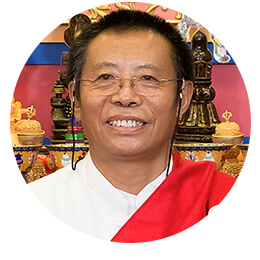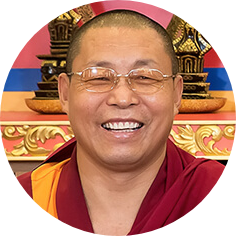Benefiting lives through meditation practices, community, and learning
Meditation is a set of highly effective, proven tools to strengthen the mind and bring greater happiness to life. It is not a religion, though many traditions use the practice.
At Namchak we are dedicated to sharing the Tibetan Buddhist form of meditation through practice, community and retreat. We offer access to Tibetan and Western teachers of the Namchak tradition.
Join us in the Saving Each Other Together Project to help turn the tide and avert the crisis of our times. Learn more about this time-sensitive project and prophecy by using the link below.
Connect in Community
Join our meditation groups and attend online
and in-person teachings.
Dive into Meditation
Browse our library of free meditation eCourses to help you
cultivate more joy, ease, and focus.
Learn more about the people and purpose of the Namchak Community
Join our Community!
Subscribe to our enewsletter to stay up-to-date on retreats, new eCourses, guided meditations,
our retreat ranch, Tibetan Buddhist wisdom, and the Compassion in Action Network.



